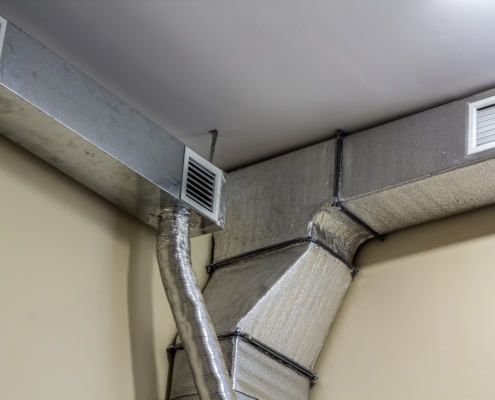
6 Reasons You Need Duct Cleaning
/
0 Comments
In today's homes, where indoor air quality is as crucial as outdoor…
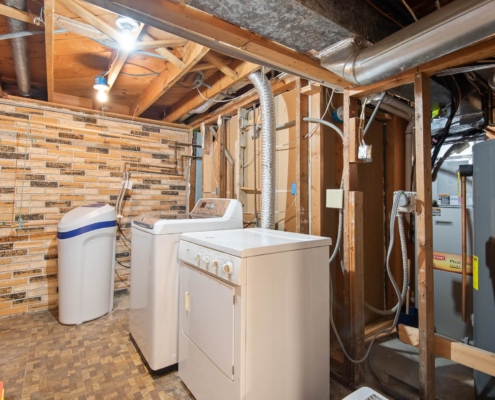
The Importance of a Clean Dryer Vent
A dryer vent plays a critical role in ensuring your dryer functions optimally. Below we look at the importance of a clean dryer vent.
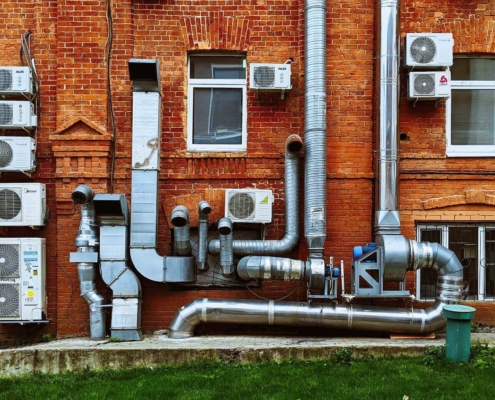
Moving into a New Home? 6 Reasons to Have the Air Ducts Cleaned
Moving into a new home? Clean the air ducts first. Discover six reasons to have the air ducts cleaned in your new home & tips on finding professional help!
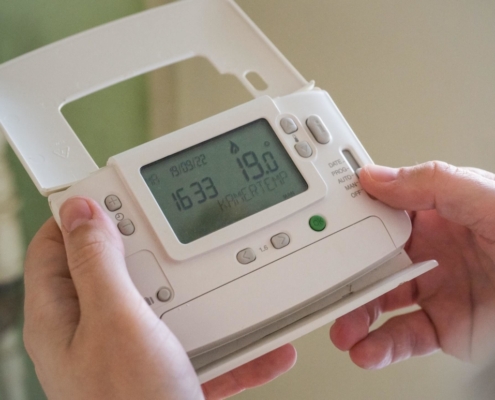
HVAC Myths You Swore Were True
Believing HVAC myths is common & can raise your energy costs & shorten your equipment life. Learn about these five HVAC myths & save your hard-earned cash!

What’s That Smell? 5 Side Effects of Uncleaned Ductwork
What’s that smell? Is your HVAC producing poor air quality? See these five side effects of uncleaned ductwork, the dangers & learn how to fix these problems!

Heating & AC Maintenance Facts Homeowners Should Know
How do you keep your HVAC from breaking down? See these crucial heating and AC maintenance facts homeowners should know. Read our blog to learn more!
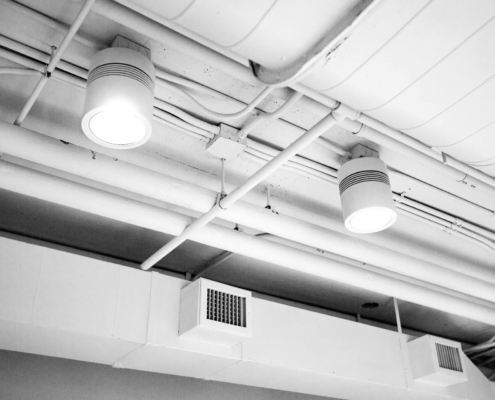
7 Common Air Duct Cleaning Questions Answered
Should air ducts be cleaned annually? Here are seven air duct cleaning questions, answered to know when to clean ducts. Read our blog to learn more!
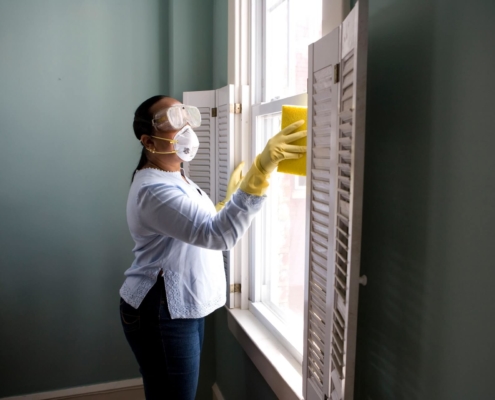
4 Common Air Polutants Gathering in Your Home (And What to Do About Them)
Clean, high-quality indoor air is vital to our health. So, it…
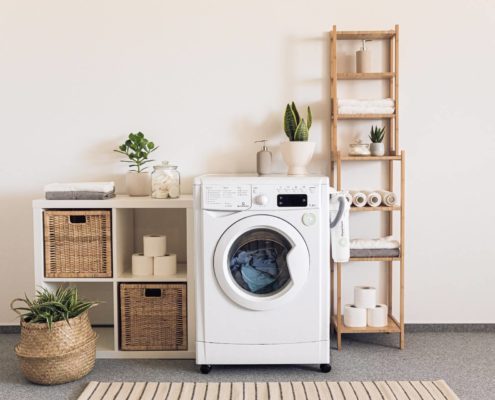
How to Prevent Dryer Vent Clogging and Potential Fire Hazards
More than 15,000 household fires a year are begun by laundry dryers. See how to prevent dryer vent clogging (and potential fire hazards) and keep your home safe.
